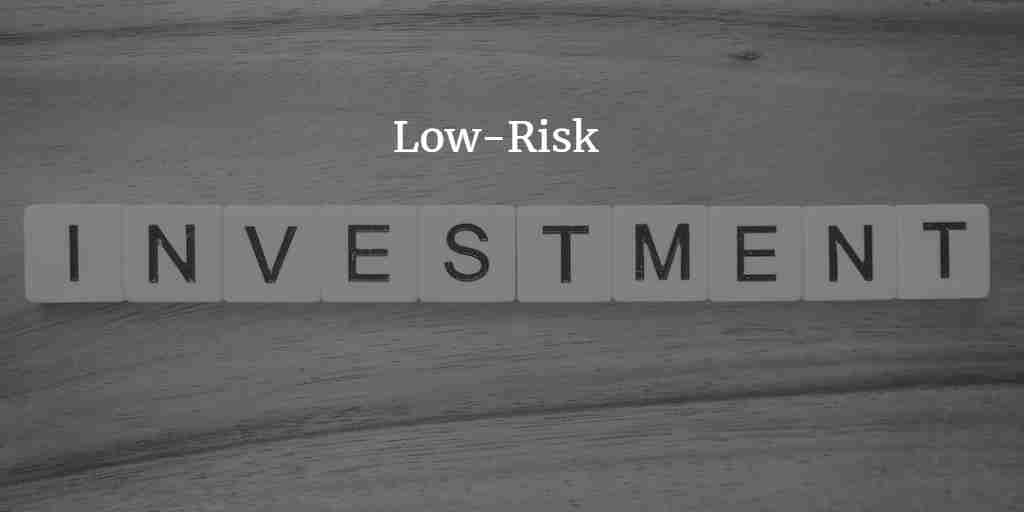For first-time investors, finding out where to invest is a daunting task. So it’s better to start with low-risk investments to learn the nitty-gritty of the investments. With the education and the right strategy, you can build your portfolio for the long term. The problem faced by first-time investors is that they have too many options in front of them and choosing the right ones is a daunting task. But the best way to move forward is to start small, with less risk and safeguarding the capital. With the right education and understanding of the risk reward,
Since Investing is the best way to build wealth over time. If you are a new investor risking your money for a high reward is not worth it. This is the time to learn about all the available options you have in front of you and start with a low-risk investment. There is a variety of options to get started like fixed deposit, money market funds, government bonds etc.
Though each investment type performs in its way, for first-time investors it is necessary to understand them. As a first-time investor, you should understand the general concepts of investment. The concepts are like the interest rate on the investment, period of investment, risk involved and other things. You should also know the difference between riskier investments and lower-risk investments. In this article, we’ll explore six of the best low-risk investment options for first-time investors. So that you can build a solid foundation for your financial future with confidence.
1 - Savings Accounts
Savings accounts are a low-risk, easy-to-use investment option. It can help new investors build a solid foundation for their financial future. By starting with a savings account, you can gain valuable experience managing your money, while also earning a return on your investment. The good thing about a savings account is that in most countries the money will be insured which makes it one of the safest options out there.
Savings accounts are also liquid, which means you can access your money at any time without penalty. This makes them a great option for emergency funds or for the money you may need shortly.
2 - Fixed Deposit / Certificates of Deposit (CDs)
Certificates of deposit or Fixed Deposits are time deposits offered by banks. You invest a set amount of money for a specified period, typically ranging from three months to five years. The interest rates in these types of deposits are usually higher than the savings accounts. Most of the fixed deposits give higher returns when it is booked for 1 to 3 years. This is another good option for first-time investors because they are again one of the safest options available. They are liquid and thus you can access your money at any time. But there is a catch, if you are withdrawing before the time, you have to pay a penalty which usually is 1%.
3 - Money Market Funds / Debt Funds
Money Market Funds are a type of debt fund that lends to companies for a period of up to 1 year. It is another low-risk investment option that can be a good choice for first-time investors. It offers higher returns than savings accounts and also provides the safety and liquidity that new investors need. Money market funds invest in a variety of short-term debt securities. It helps in reducing the risk of investing in any one particular security.
4 - Government Bonds / Corporate Bonds
The bonds either government or corporate again some great investments for first-time investors. It is a debt instrument issued by the government / corporate basically when they face a liquidity crisis. These bonds are like a contract where individuals lend money to the government or corporates. It is done in exchange for interest plus principal after a specified time. Both government and corporate bonds have certain similarities as well as differences. The main difference is that government bonds are safer than corporate ones.
5 - Dividend-Paying Stocks
Dividend-paying stocks are a type of stock that pays out a portion of the company’s earnings in the form of dividends. The stock price may fluctuate, but the dividend provides a reliable source of income. Dividend-paying stocks are a good option for those who want to receive a steady income stream. And also who are willing to accept a bit of risk in exchange for the potential for capital appreciation.
However, it’s important to note that investing in dividend-paying stocks is not a guarantee of high returns. There are other factors that can impact a stock’s performance. The factors such as the overall performance of the company, economic conditions, and market trends. It is a little risker option but still, the risk is much smaller as compared to investing directly in equities.
6 - Index Funds and Exchange-Traded Funds (ETFs)
Index funds and ETFs are a type of mutual fund that tracks a specific market index, such as the S&P 500, Nifty 50 or Sensex. It is again a good option for new investors because it provides that diversification of stocks. This is a better option to reduce risk than buying a single stock. They are quite easy to buy and sell and thus quite accessible to new investors.
However, it’s important to note that ETFs and index funds are not risk-free, and the overall performance of the market can still impact your investments. The returns here are much better than the above ones and thus it can help you to build wealth in the future as the historic returns are always better than the inflation.
It can be a daunting task to start the investment but by choosing the low-risk options you can build a solid foundation for your investment portfolio. By considering your investment goals and risk tolerance, you can find the right investment strategy for you and start building wealth for your future.
 Gopesh Sharma
Gopesh Sharma 
 Managing Your Finances Through the Pay Yourself First Budgeting Method
Managing Your Finances Through the Pay Yourself First Budgeting Method